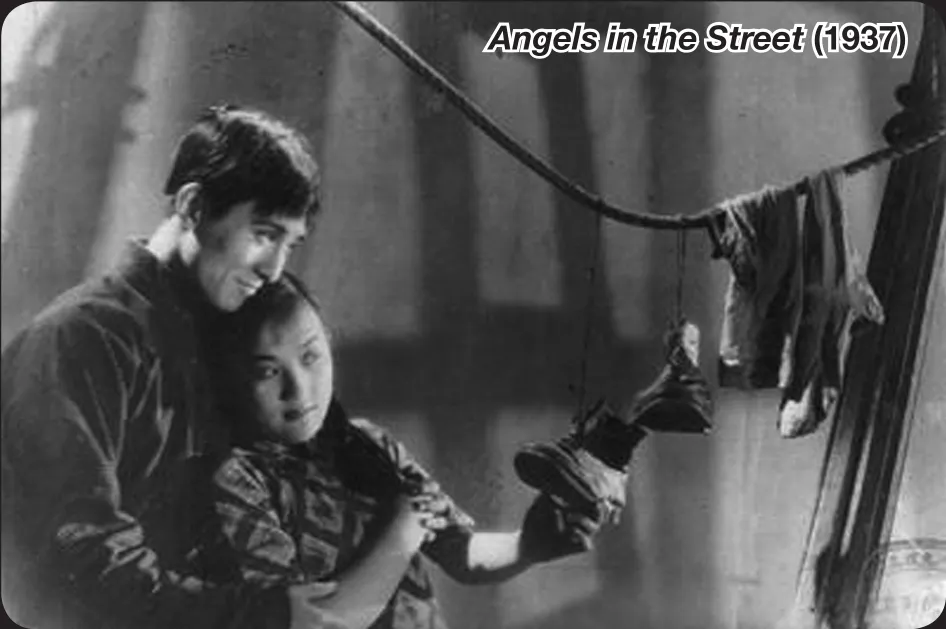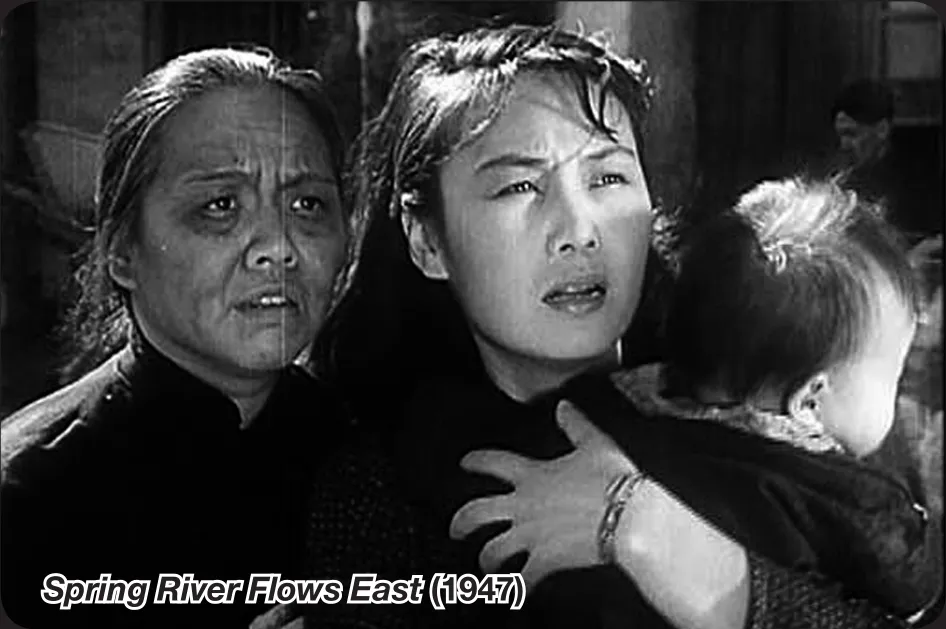Saving Forgotten Treasures
2010-10-14ByZHOUXIAOYAN
By ZHOU XIAOYAN
Saving Forgotten Treasures
By ZHOU XIAOYAN
Restoring classic movies for modern viewers
The elaborately restored version of the classic filmMetropolis, directed by Fritz Lang in 1927, held its Beijing premiere on September 2. While attracting classic movie lovers into the theaters,Metropolisalso called attention to the large number of old Chinese films housed in film archives,which, out of sight and out of reach of moviegoers, are decaying.
But measures have been taken to address the problem amidst China’s movie industry boom.
The restored version ofA Chinese Ghost Storywas screened on the Chinese mainland in April this year, following the return ofAshes of Time, which was considered a classic romance by famous Hong Kong director Wong Kar-wai in 1994 and restored twice in 2008 and 2009.
In addition, a plan of restoring 10 classic Chinese films was launched during the 14th Shanghai International Movie Festival in June.
“Classic fi lms are restored for moviegoers to have a chance to see them, which is the only purpose of the work,” said Zuo Ying,deputy head of the technology department of the China Film Archive (CFA).
Examples are numerous. Programs are launched. But given the huge number of old fi lms in critical conditions, old fi lm restoration faces many challenges aside from the lack of fund.
Critical conditions
Many classic Chinese movies, which have impressed and moved several generations, are in fatal conditions now. Saving these films through restoration has never been more urgent.
The CFA has collected 27,000 to 28,000 fi lms, the most in China. One third of those fi lms were shot before 1949.
Films shot before and after 1958 are in different conditions at the CFA. While those shot after 1958 are well kept under a constant temperature of about fi ve degrees Celsius, those shot before 1958 are in very critical conditions with flaws and damage because “they have been shown too many times before being collected by the CFA,”said Zuo.
For instance, the original film for the famous movieSong of the Fishermen, which was screened in 1934, was destroyed during the war and its only copy has deteriorated beyond repair, Zuo said.
China began the film restoration in the 1970s and has never stopped such efforts since then.
Most flammable films were transferred onto safer materials during a large-scale restoration in the 1980s.
“Most films from the 1930s and 1940s were made of fl ammable materials and can easily catch fi re when temperatures rise too much,” said Li Yu, deputy head of CFA’s research department. “It was very common that those fi lms were destroyed by fi re at that time. Also, they would get moldy and be fragile as time passed.”
The CFA started to transfer older films into digital ones in the 1990s. CFA initiated a huge plan to digitalize 5,000 old fi lms with 280 million yuan ($43.75 million) of government funds.
High cost
Usually film restoration is carried on digital copy instead of on original copy.
“It’s because original copies of fi lms are cultural heritages and any repair effort will cause damage to them, while a digital copy allows correction if mistakes are made during the repair,” said Zuo.
Moviegoers were beside themselves with excitement in theaters in April when the theme song of a repaired 1987 movie,A Chinese Ghost Story, triggered their memory of the movie and the hero, starred by gifted Hong Kong actor Leslie Cheung.
“The restoration of the movie cost at least 2 million yuan ($312,500),” said the movie’s investor Wu Siyuan. “It could cost more if you want to restore it to a very good condition.”
The restoration cost for old films depends on the expectation of restorers. For instance, the cost ofSnow Whiterestoration in the United States reached $3 million. The cost mostly came from buying restoration equipment and hiring high-caliber restoration personnel.
The cost varies from tens of thousands of yuan to millions of yuan depending on the extent of damage, said Zuo.


“Averagely, the CFA spends about 300,000 yuan ($46,875) on restoration of each film, which is far below the international average standard of $80,000,” he said.
Old film restoration can be timeconsuming. “It can take several months or even more than a year to repair and restore a movie,” said Li. For instance, it took the CFA two years to restore the classic movieSong of the Fishermen.
Professional skills
The lack of professionals marks the fi rst bottleneck for the project.
“Professionals for old fi lm repair and restoration are badly needed,” said Zuo. “Less than 10 people can guide the whole process and less than 100 professionals are engaged in the restoration work in China.”
“It’s not a well-respected job in China,and young people prefer shooting new fi lms to dedicating themselves to this exhausting and boring job,” Zuo said.
Many universities and research institutions offer a major in film restoration, but most graduates of this major would turn to other professions.
Film restoration is a demanding profession that requires computer savvy, and a thorough understanding of movie art and fi lm’s physical nature.
“Film restorers usually have very good computer skills but lack the basic art competency. Old films are different from today’s films in terms of shooting methods and art connotations. Without being aware of this,restorers may produce a very different film from the original,” he said.
Restoring old films involves creation without deviating from the original message of the movie, especially when some sections of the movie were damaged. In that case,restorers are advised to get in touch with directors and actors to learn their original intentions for the fi lm.

“It’s quite hard for restorers to fully grasp the message of classic fi lms as creators of many old movies are not available for inquiries,” he said.
The lack of standards for the industry is another challenge. “Without experts or speci fi c standards to guide the job, professionals in the industry can only fi nd a way by themselves,” he said.
When some sections were damaged,should restorers keep the movie as it is or replace the damage with new content? It’s a problem many restorers face.
The CFA is working on forming a team of experts to guide the restoration and establish relevant standards, he said.
Market for restored movies
The repaired version ofAshes of Timeyielded 30 million yuan ($4.69 million) at box of fi ce when it was screened in 2009. But not all restored fi lms are as lucky.
For instance,Song of the Fishermendoesn’t have a chance to be screened either in theaters or on TV as movies with more promising box of fi ce performances are waiting in line for a chance.
Restored fi lms are mostly screened in rural areas for free but don’t have access to big theaters in cities. Some of them go to movie exhibitions overseas for foreign audiences to have a glimpse into the Chinese culture.
“Most of them are not known to ordinary moviegoers. Only experts in the industry study them for academic purposes,” said Zuo.
But in other countries, there are diverse and mature ways of exploring the commercial value of restored classic films. The restoration cost can be recovered by showing the fi lm on TV or in theaters. Many luxury brands in Italy sponsor old fi lm restoration to promote rich connotations of the country’s history and culture, he said.
The CFA is exploring more commercial operations for restored old films. It will put more emphasis on promotion and secure more chances for old films to be watched by average urban dwellers after restoring the 5,000 old fi lms on its schedule, he said.


